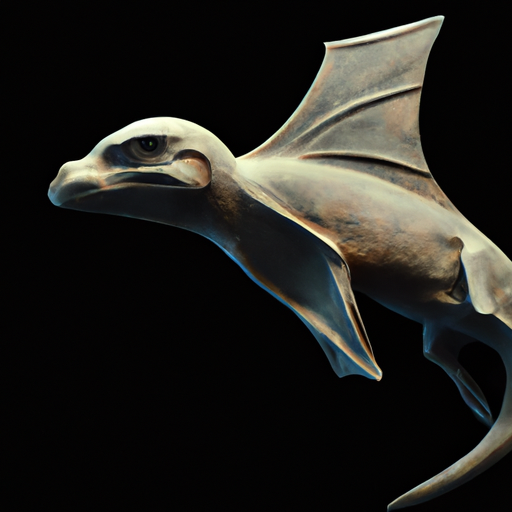 Introduction:
Introduction:
The Earth, our home planet, has witnessed the rise and fall of countless species over millions of years. Throughout history, numerous animals have gone extinct due to various factors such as natural disasters, climate change, human activities, or a combination of these elements. This article aims to delve into the intriguing and often heartbreaking stories of several extinct animal species, highlighting their unique characteristics, ecological roles, and the lessons we can learn from their disappearance.
1. The Dodo (Raphus cucullatus):
The Dodo, a flightless bird native to Mauritius, remains one of the most iconic examples of extinction. The species, which stood about a meter tall, was known for its plump frame, small wings, and a distinctive hooked beak. Due to a lack of natural predators, the Dodo lost its ability to fly and was ill-equipped when humans and introduced animals, such as pigs and rats, arrived on the island. By the late 17th century, hunting and habitat destruction led to the extinction of this magnificent bird.
2. The Tasmanian Tiger (Thylacinus cynocephalus):
The Tasmanian Tiger, or Thylacine, was a carnivorous marsupial endemic to Tasmania, Australia, and New Guinea. With its unique blend of features resembling both canines and felines, the Tasmanian Tiger was once considered an apex predator. However, relentless hunting, the introduction of non-native species, and habitat loss resulted in the last known individual dying in captivity in 1936. Despite ongoing claims of sightings, no concrete evidence of its existence has surfaced.
3. The Passenger Pigeon (Ectopistes migratorius):
The Passenger Pigeon, once the most abundant bird species in North America, was known for its remarkable flocking behavior. These birds formed massive migratory flocks that could darken the sky for hours, stretching for miles. Tragically, due to habitat destruction and excessive hunting, the last known Passenger Pigeon, named Martha, died in captivity at the Cincinnati Zoo in 1914, marking the extinction of this once-thriving species.
4. The Quagga (Equus quagga quagga):
The Quagga was a subspecies of the Plains Zebra, native to South Africa. It possessed a unique appearance, with stripes covering only the front part of its body, while the rear was brown and unstriped. Uncontrolled hunting for its meat and hides led to the Quagga’s extinction in the late 19th century. However, recent efforts are underway to revive the species through selective breeding using DNA from museum specimens.
5. The Pyrenean Ibex (Capra pyrenaica pyrenaica):
The Pyrenean Ibex, also known as the bucardo, was a subspecies of the Spanish ibex. This remarkable creature inhabited the Pyrenees mountain range and was known for its striking curved horns. Sadly, in 2000, the last surviving Pyrenean Ibex, named Celia, died due to a collapsed lung. However, in 2003, researchers successfully cloned an individual from preserved cells, but it died shortly after birth, highlighting the challenges of resurrecting extinct species.
6. The Steller’s Sea Cow (Hydrodamalis gigas):
The Steller’s Sea Cow was a massive marine mammal that once roamed the waters of the Bering Sea. This gentle giant, reaching lengths of up to 9 meters, fell victim to excessive hunting by Russian fur traders in the 18th century. The last known individual was killed in 1768, a mere 27 years after it was first discovered.
Conclusion:
The extinction of animal species is a poignant reminder of the fragility of Earth’s biodiversity. Each extinct animal once played a critical role in the intricate web of life, and their loss has had far-reaching ecological consequences. By studying these extinct creatures, we gain valuable insights into the importance of conservation, sustainable practices, and the urgent need to protect the remaining species on our planet. Let us remember and honor these extinct animals, reminding ourselves of the responsibility we hold to preserve and protect the wonders of the natural world for future generations.
